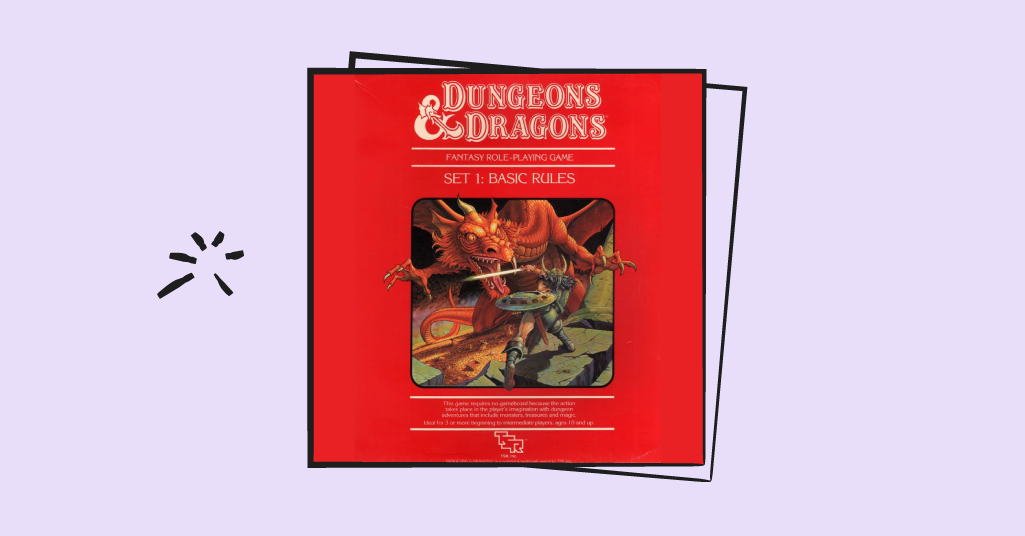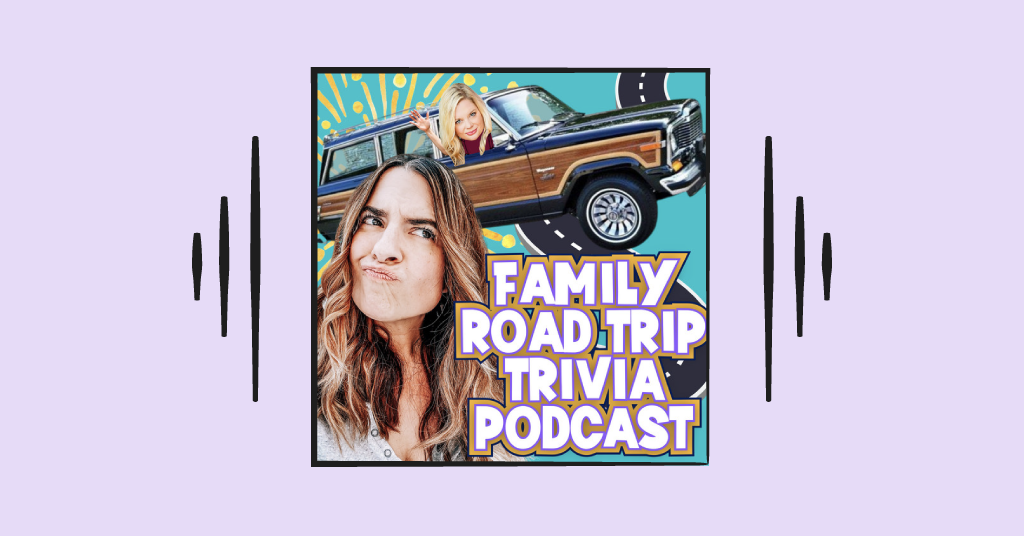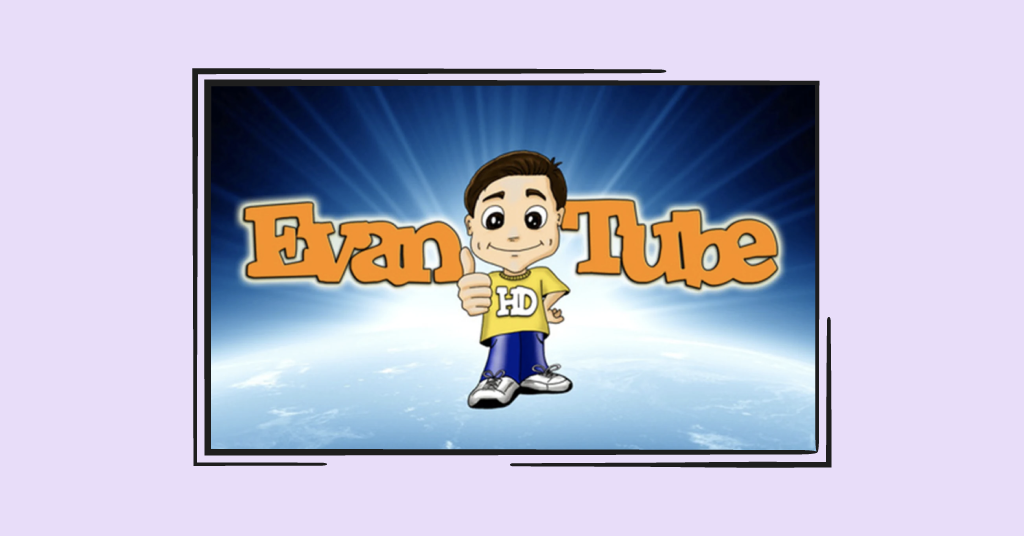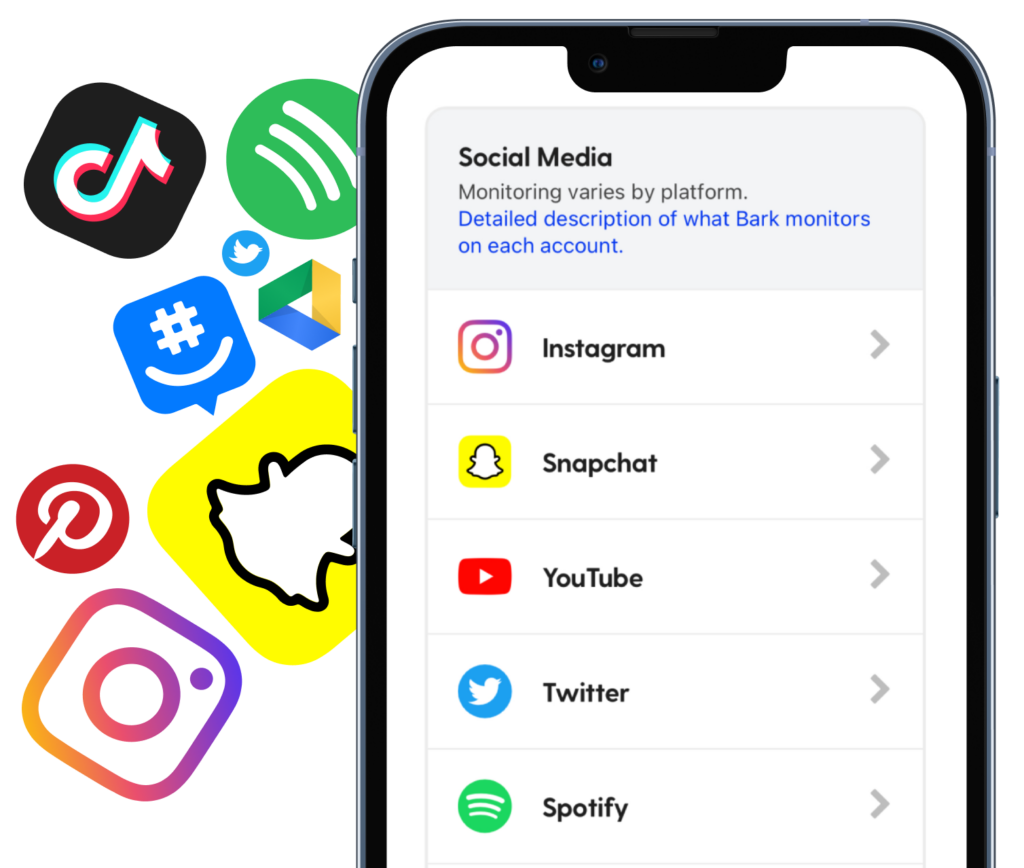
Overview
Dungeons and Dragons is a game that people usually associate with kids from the 80s. You might even imagine a group of tween boys in their parent’s basement playing for hours on end. While it is an older fantasy board game, it has stood the test of time as a beloved game still played by many — young and old and of any gender — even today.
A mix between a board game and a role-playing experience, players roll a 20-sided die to enact certain adventures in their magical world. This makes tons of different scenarios possible for a single campaign! The role-playing comes in with customizable characters. Players get to create a whole backstory for whoever they decide to act as during the game. The Dungeon Master (one player who acts as a narrator for the campaign) gets to add their own custom twist to the game as they take the players through their adventures.
For those parents who don’t have a DnD campaign experience to draw from, you’ll find everything you need to know about this retro game before introducing it to your child. Let’s jump in!
Harmful Content ❗️
DnD is based on the adventures of mythical creatures, like wizards, dwarves, orcs, and tons more. The game also has lots of magical elements, such as casting spells. There is little to no inappropriate content for parents to be aware of from this game. Although, as we said, much of the content comes from the players themselves as they roleplay in their characters.
One interesting feature of the game is the “moral alignment” characteristic that each player gets to decide for themselves. To illustrate, players can choose for their character to have good morals, but be unpredictable. This would be “Chaotic Good”. Or perhaps they want their character to cause trouble but still technically follow the rules — this would be Lawful Evil. There are tons of these combinations to choose from and while players can choose evil, the game is designed to show less favor to those who choose evil alignments.
Language
There is no adult language in DnD.
Sex
There is no sexual content in DnD.
Violence
Some of the gameplay can feature battles or intense face-offs between characters. But the general tone of the game is less violent and more fantastical.
Positive Value 💫
Parents, if you’ve ever wanted a fun, indoor activity that really stretches your child’s creative, logical, and strategizing skills (and didn’t involve a screen) — DnD could be the answer you’re looking for. The fundamentals of the game encourage positive social and problem-solving capabilities that all kids can benefit from. In a DnD campaign, players have to either work together with their allies or learn to confront their enemies to achieve their goals. You’d be hard-pressed to find another game that has as many developmentally valuable skills as DnD does.
DnD is a notoriously long game, but sometimes that’s a really good thing. It teaches kids to have patience to see the outcomes of their hard work, from start to finish. In today’s world where instant gratification is the norm, DnD offers a slowed-down yet more satisfying gaming experience for kids.
So, should my kid play it?
Absolutely! Dungeons and Dragons might not be every child’s entertainment of choice, but it’s certainly worth a try for the kids who may find it’s their new favorite pastime.






